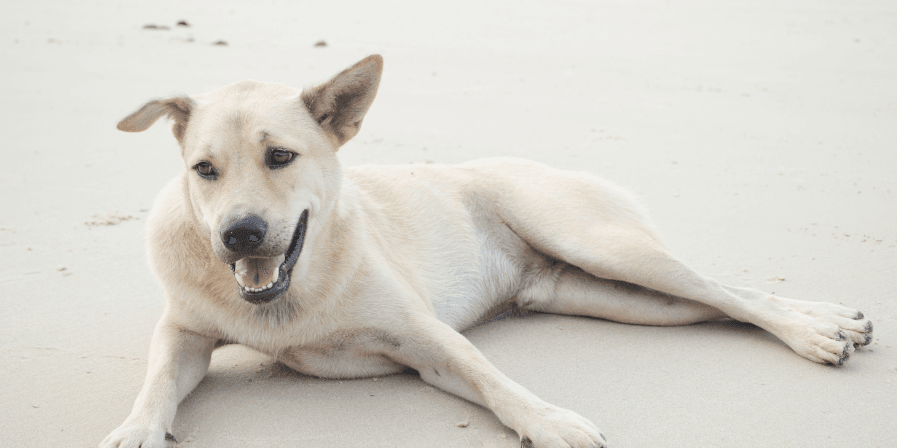Exploring Indigenous Indian Breeds: Celebrating the Diversity of Native Pets

Exploring indigenous Indian breeds of pets is a fascinating journey that celebrates the rich diversity of animals that have been an integral part of Indian culture and history. Here, we'll focus on dogs and cats, two of the most common pets, and highlight the unique characteristics of some indigenous breeds:
Exploring Indigenous Indian Breeds: Celebrating the Diversity of Native Pets
Indigenous Indian Dog Breeds:
-
Indian Pariah Dog (Indie Dog): • Description: This breed is a landrace and one of the oldest known to humanity. They are highly adaptable, with a well-muscled body and a wedge-shaped head. • Traits: Intelligent, alert, and loyal. They are well-suited to the Indian climate.
-
Rajapalayam: • Description: Originating from Tamil Nadu, the Rajapalayam is a large, elegant dog known for its white coat and pink nose. • Traits: Extremely loyal and protective, they are often used as guard dogs.
-
Kombai: • Description: Hailing from Tamil Nadu, the Kombai is a sturdy, medium to large-sized dog with a short coat and a distinctive reddish-brown color. • Traits: Known for their courage, loyalty, and excellent guarding abilities.
Indigenous Indian Cat Breeds:
-
Indian Shorthair: • Description: The Indian Shorthair is a domestic cat with a short coat and a variety of colors and patterns. • Traits: Adaptable, independent, and well-suited to Indian households.
-
Bengal Cat: • Description: Though not originally from India, the Bengal cat has gained popularity. It has a distinctive spotted or marbled coat that resembles that of a leopard. • Traits: Energetic, playful, and known for its striking appearance.
Celebrating Diversity:
-
Cultural Significance: • Indigenous breeds often have historical and cultural significance, being part of local traditions and stories.
-
Adaptability: • Indigenous breeds are well-adapted to the local climate and conditions, making them suitable for Indian households.
-
Preservation Efforts: • Efforts to preserve and promote indigenous breeds help maintain biodiversity and prevent the decline of traditional breeds.
-
Role in Agriculture: • Certain indigenous dog breeds, like the Mudhol Hound, have historically played roles in activities such as hunting and guarding livestock.
Tips for Pet Owners:
- Research and Understanding: • Before adopting a pet, research the characteristics and needs of the specific indigenous breed to ensure a good fit with your lifestyle.
- Support Local Breeding Programs: • Support local initiatives and breeding programs that aim to preserve and promote indigenous breeds.
- Healthcare and Nutrition: • Provide proper healthcare and nutrition, addressing the specific requirements of the indigenous breed.
- Positive Engagement: • Engage in positive training and socialization to ensure a well-behaved and happy pet.
FAQ’s:
Q. Are Indian dog breeds good as family pets? A. Yes, many Indian dog breeds, like the Indian Pariah Dog and Rajapalayam, can make excellent family pets. They are often loyal, intelligent, and well-suited to the Indian climate.
Q. Are Indian Shorthair cats sociable? A. The sociability of a cat depends on its individual personality. Proper socialization from an early age can contribute to a well-adjusted and sociable cat.
In conclusion, celebrating indigenous Indian breeds involves recognizing their unique qualities, understanding their historical significance, and actively participating in their preservation and well-being. These pets contribute to the cultural tapestry of India and bring joy and companionship to countless households. A vet can guide you on specifics and aid in the decision making process.


 How can we help?
How can we help?